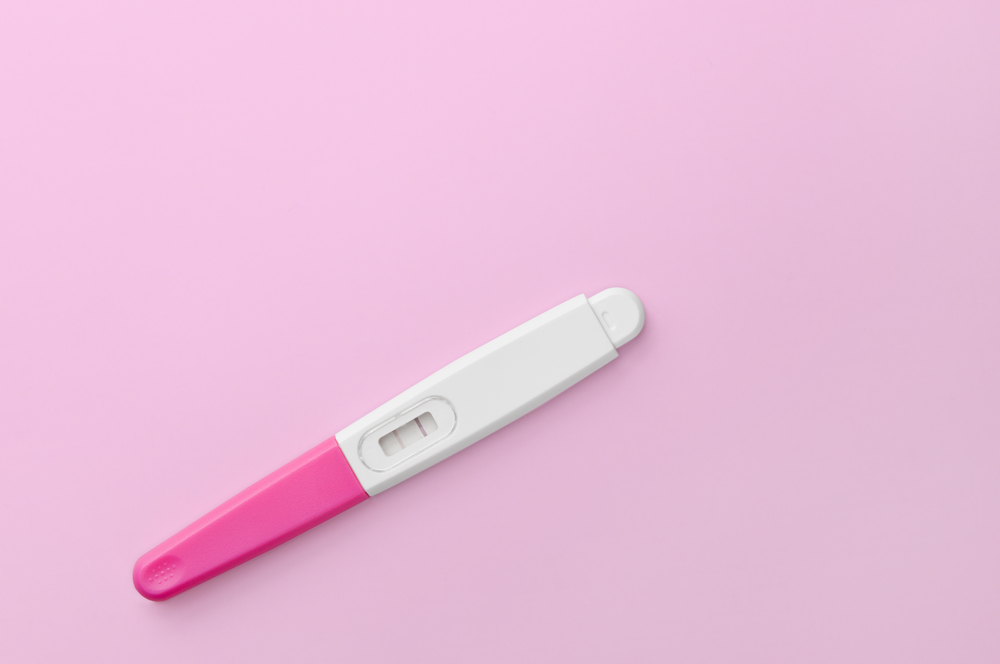Why can’t I get pregnant?
If you’ve been actively trying to conceive for a year, are under 35, and haven’t succeeded, it’s time to dig deeper and figure out why. For patients older than 35, it’s recommended to start investigating before a full year of trying, since we know that age is a factor in getting pregnant. Schedule a consultation with your doctor to review your general and gynecological health history and make a treatment plan which will include blood work and other diagnostic tests.
There are many tests that can be done. We’re breaking down some of the basics that are usually used as a starting point in the path to diagnose fertility problems.
An important word of caution: as you read this, don’t be daunted. A ‘bad’ result in any one of these areas is no guarantee of infertility. Many women who have faced challenges, poor blood tests, scary diagnoses and more manage to expand their families and we’re here to tell you that you’re not alone.
No two patients or doctors are alike, so in general terms, yours might request a few of these tests as a matter of practice, others might refer you to see a reproductive endocrinologist for some or all of them. Tests #1, #2, and #3 below are basics, your doctor might use them as a starting point to help form a diagnosis. The others, #4 and beyond, are usually requested by specialists for a more detailed analysis.
Blood Tests
1. FSH: Follicle Stimulating Hormone
This test is done on cycle day two or three. A lower number is ideal as it indicates that the ovaries require just a gentle prod, or minimal follicle stimulation, to ovulate.
2. LH: Luteinizing Hormone
LH triggers the release of follicles from your ovaries and peaks around mid-cycle. It’s the hormone that is tested in your urine with an at-home ovulation predictor kit. Along with this surge, you might see egg-white cervical fluid that indicates ovulation is occurring.
3. Progesterone
This is tested on or about cycle day 21, either just once, or in succession, a serial progesterone test. A sufficient level indicates that ovulation has occurred and that progesterone is present in enough quantity to sustain implantation and early stage pregnancy.
4. Prolactin
Normally elevated in pregnant and lactating women, high prolactin levels in non-pregnant women can indicate pituitary or other endocrine disorders. Testing for this can be done at any time of the month.
5. Testosterone
Present in both men and women, testosterone aids in ovulation. Too much or too little can negatively impact fertility. This can be tested at any time of the month
6. AMH
Antimullerian Hormone can be tested at any time. This hormone, secreted by immature follicles, is used a marker of ovarian reserve. A higher number reflects a higher reserve of follicles left in the ovaries. It’s a relatively new measure, and though doctors might say that this is a defining number for predicting fertility, many babies have been born to women with low AMH.
Other Tests
Once your doctor has concluded that you are ovulating, she might want to look internally and see if that is where the problem lies. One diagnostic procedure for this is an HSG.
HSG is short for hysterosalpingogram. Hyster is the Latin root for uterus; salpinx refers to fallopian tubes and gram refers to imaging. This is a type of x-ray where a woman lies back, feet in stirrups, while a dye is inserted in the uterine cavity. If the fallopian tubes are open, the dye will flow through them into the abdominal cavity. Blocked tubes will cause the dye to remain in the uterine cavity, or in the tube(s) depending on the location of the blockage. Some women report that this is a painful procedure, others report mild discomfort similar to that of a Pap smear. This is usually performed after menses is complete, before ovulation.
An ultrasound can view the uterus and ovaries to detect structural abnormalities. A hysterosonography is a more advanced ultrasound that uses saline solution injected into the uterus to reveal more detail within the uterus.
Male Infertility
Male infertility is diagnosed by producing a semen analysis, usually in a doctor’s office or lab. It takes about 3 days for sperm to regenerate, so it’s recommended that men refrain from ejaculating at least 3 days prior to giving a sample.
Have a question for one of our experts? Email support@helloflo.com.
Cover image courtesy of Shutterstock.





comments